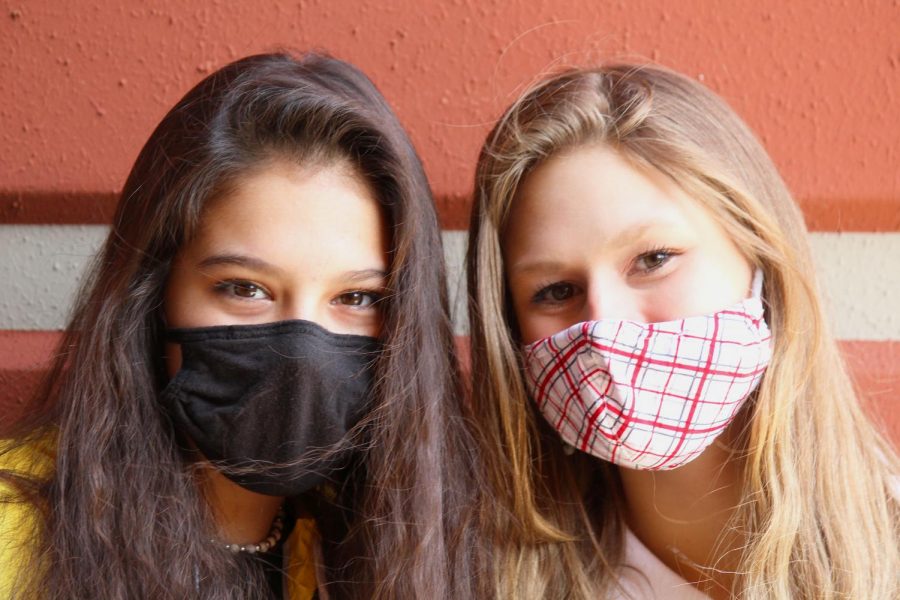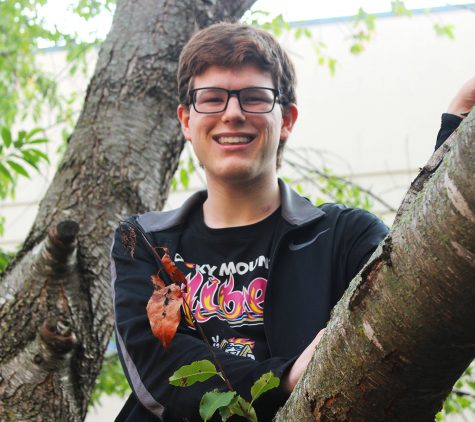Losing Track of the Numbers
December 18, 2020
In Christian County, the numbers of COVID-19 cases have stayed fairly low. According to the New York Times’ COVID Map and Case Count on their website, Christian County sees on average 32 cases daily, and around 36 out of 100,000 people have contracted the disease.
However, at Nixa High School (NHS), the total number of cases in the entire district as of Nov. 16 was 192. This begs the question; how many cases have been reported at the high school, and why hasn’t the district been more transparent with that information?
“As a student at the high school, I’ve liked the updates that they’ve been doing,” Junior Alexa Vela said. “But I feel the case numbers should be a little more specific to a certain school, though, so we get a better idea of which schools have the most cases.”
Nixa Public Schools Chief Communication Officer Zac Rantz stressed the importance of student safety in having students at school.
“The number one thing for our district was to keep people safe and provide them a safe place to learn,” Rantz said. “The second thing was to provide them an environment conducive to learning based upon their needs.”
However, in terms of showing case numbers throughout each individual school, there are plenty of legal roadblocks that come with showing that information.
“Our goal is to provide accurate information. We also have to protect the privacy of those who contract COVID-19,” Rantz said. “Our numbers are low enough that by saying someone in the building had it and one person is out that the person could be identified. We’d be breaking the law if we do something that could identify them, so we have chosen to release overall cases.”
However, if a person really wanted to know that information without breaking any regulations, government websites such as showmestrong.mo.gov show the number of cases in school district boundaries by age groups. For example, the Nixa Public School boundary has had 109 COVID-19 cases since March 1 in ages 15-19. It’s important to understand, however, this doesn’t mean that there have been 109 cases from people in high school — there are freshmen who are 14 and there aren’t many seniors who are 19. It doesn’t say that the people diagnosed with COVID-19 are in fact students at NHS. These resources don’t show everything that a person would want, but it does show information that is useful for relative statistics without dealing with district restrictions.
“Making sure we comply with privacy restrictions has been the biggest thing we have had to worry about,” Rantz said. “In the event we need to notify a group or school, we will do so.”
Getting COVID-19 isn’t the only reason for quarantine, as sometimes contact tracing comes into play. Even if a person doesn’t have COVID-19, being in close proximity to someone might cause a student to be quarantined. Vela has seen more and more students in her classes being quarantined.
“I’ve seen fewer and fewer people in my classes overall,” Vela said. “Most of them are getting quarantined because other people in their classes got COVID, not specifically themselves getting COVID.”
One way that the district has tried to combat the spread of the disease was to have an online “virtual day” the day before the 2020 election. They used this day to do cleaning throughout each school in the district, and Rantz believes that doing so will ultimately impact student safety in a positive way.
“We [went] through many of the high traffic areas and touchpoints around the district and [made] sure we have cleaned them more than normal,” Rantz said. “Our cleaning procedures and masking procedures have had a positive impact on the numbers already, and we want that to continue.”
Rantz also acknowledged the importance of having students in school and understands the amount of flexibility that comes with that.
“One of the ideal results the district has wanted is to have the ability to have students in class in as safe a manner as possible,” Rantz said. “We’ve also wanted the flexibility to make adjustments to how we do things to make that possible.”
Vela, however, fears the adjustments that might be made and would hate being quarantined for the full two weeks.
“I do not think I would personally benefit because I don’t like online school,” Vela said. “I tend to get behind doing virtual school, so having two weeks of not being in an in-classroom session would probably be detrimental to my grades.”
Making it a priority to uphold everything from the mask orders and social distancing is the key to limiting COVID-19 outbreaks not just throughout Nixa, but at school as well.
“The number one thing that keeps our numbers low will be students and staff taking personal responsibility to protect those around them,” Rantz said. “That’s what will ultimately make the biggest difference.”







